After 90 Years, the ‘Flying Santa’ Is Still Dropping Gifts From a Plane
In New England, a long-standing tradition continues with pilots delivering gifts to lighthouses and lifesaving stations
/https://tf-cmsv2-smithsonianmag-media.s3.amazonaws.com/filer/cd/51/cd51bc38-a294-4c27-986c-216279143c0d/ers_19679.jpg)
Seamond Ponsart Roberts first learned about Flying Santa when she was 5 years old. In October 1945, her mother, Emma, told her the jolly old fellow would deliver a doll to her by airplane. For the next three months, every time an aircraft flew over the lighthouse they called home, the excited little girl would ask, “Is that him? Is that my Flying Santa?”
Her special delivery did arrive in December in the form of a package dropped from a plane by Edward Rowe Snow of Massachusetts, a veteran recently returned from World War II who would go on to author numerous books and articles about seafaring history and traditions. His classic Storms and Shipwrecks of New England was first published in 1943 and republished several times since then. Through his writing and weekly radio show, he cemented the legacy of Flying Santa, a 90-year-old holiday tradition that continues today.
“Dad loved being Flying Santa,” says Dolly Bicknell, Snow’s daughter who accompanied him on flights as a toddler through her teen years. “He did it for 40 years and enjoyed dropping presents to the keepers and their families. He and my mother would assemble all the gifts in the basement of our home for weeks leading up to Christmas. He paid for about 90 percent of it.”
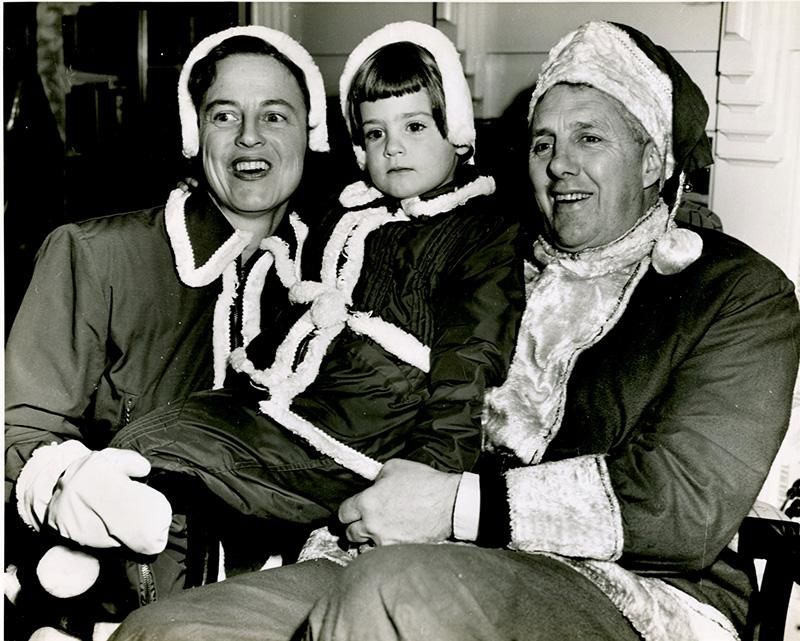
For Seamond, getting a doll—actually two dolls, but more on that later—from Flying Santa was the crowning moment of her youth. She lived an idyllic if somewhat lonely childhood on the remote island of Cuttyhunk, located in Buzzards Bay between Rhode Island and Martha’s Vineyard. The outermost of the Elizabeth Islands in Massachusetts, this tiny windswept atoll was her playground and playmate. With a population of only a couple dozen people, there were very few children Seamond’s age.
“In 1945, I was a little girl out there with my dogs, cats and chickens,” Seamond recalls. “I was so excited to be getting a doll from Flying Santa, and I still remember that very special day!”
Her father, Octave Ponsart, was the lighthouse keeper, which kept him busy at night and during foul weather. In the era before automation and GPS, that job was extremely important in making sure the light was beaming and fog horn blaring so ships steered clear of dangerous shoals, rocks and other nautical obstacles.
It also meant the keepers and their families were extremely isolated. The holidays could be exceptionally difficult since lighthouses were generally far from stores and the brave souls who worked them often relied on monthly resupply by ship or even airdrop.
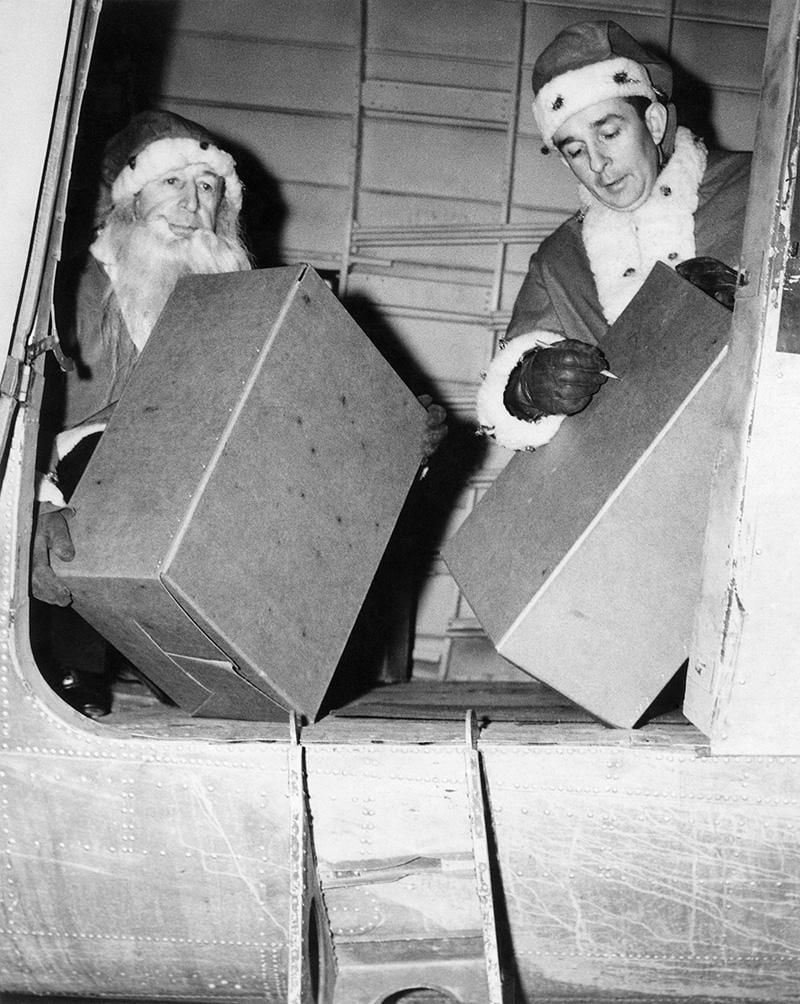
In 1929, Captain William Wincapaw wanted to honor the selfless sacrifice of keepers and their families in his native Maine. The aviation pioneer decided to deliver Christmas gifts to some of the lighthouses that helped guide him as he flew around Penobscot Bay. On December 25, he loaded his float plane with packages of newspapers, coffee, candy and other small luxuries and dropped them from his cockpit as he flew by the lighthouses.
Thus was born Flying Santa, an enduring legacy of kindness during the season of giving that would eventually bring joy to more than 100 keepers and lifesavers and their families each year.
As the years went by, Wincapaw and his son William Jr. expanded Flying Santa across New England. They were joined by Snow, who was the younger Wincapaw’s high school teacher in Winthrop, Massachusetts. In 1936, two Flying Santas took to the air with Captain Wincapaw making drops in northern New England while Snow handled the southern route. While not a pilot, Snow never had any trouble finding others to fly him around on his dive-bombing missions of mercy each Christmas.
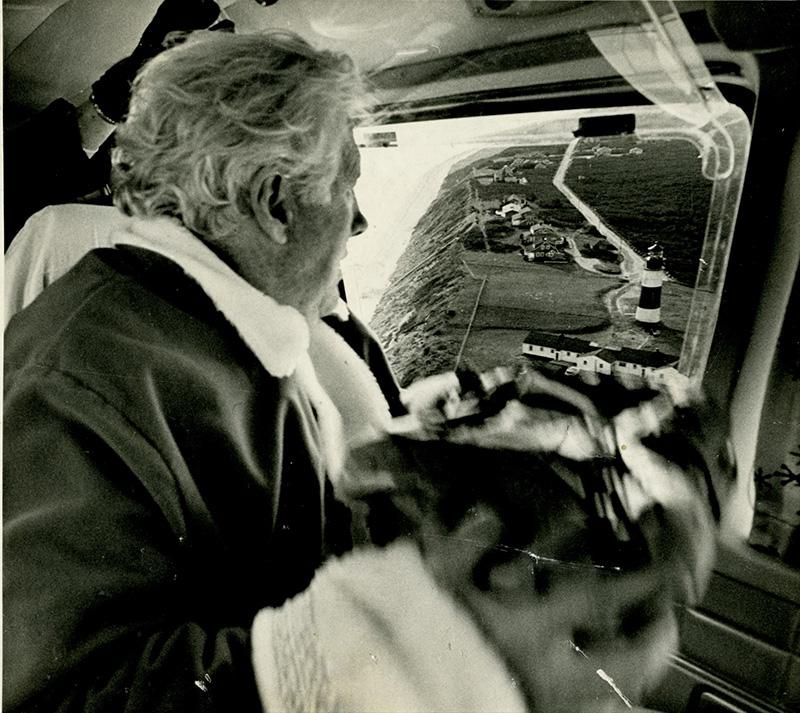
When Wincapaw was killed in a plane crash in the summer of 1948, having suffered a heart attack while taking off in Maine, Snow took over primary responsibilities of the project. He became the face of Flying Santa as newspapers and other media covered his exploits each Christmas—no matter what the weather conditions. In 1960, the Associated Press reported how his daughter Dolly, 10 at the time, was excused from school to make the trip with her father, though her English teacher insisted she write a story about the flight as a makeup assignment. Snow dropped deliveries to lighthouses and lifeguard stations in New England every year—even in California one year—until just before his death in 1982.
Today, Friends of Flying Santa, founded by Inga Hanks and Richard Boonisar in 1997, coordinates the visits up and down the New England coast each December. Brian Tague is president of the nonprofit organization, which covers the costs of deliveries through various fundraisers. Now, all flights are by helicopter with volunteer pilots to Coast Guard stations, where toys are given to children and personal items for family members of crews stationed at the lifesaving posts.
Flying Santa still stops at lighthouses, though these are mostly “candy cane” flights with St. Nick distributing sweet treats to local children. This year, one of those visits was at Gurnet Light in Plymouth, Massachusetts, the oldest wooden lighthouse in the United States, where more than 50 kids had gathered. The chopper landed and out walked Santa Claus, who listened intently as each excited child shared Christmas wishes with him.
“Our mission remains dedicated to Captain William Wincapaw and Edward Rowe Snow’s philosophy that lighthouse keepers and Coast Guard crews were true lifesavers and deserved to be recognized for their efforts,” Tague says. “As long as there are boat station crews, aids to navigation teams and other units serving to keep our waters safe, we will do our part to remind them of how much their work is appreciated.”
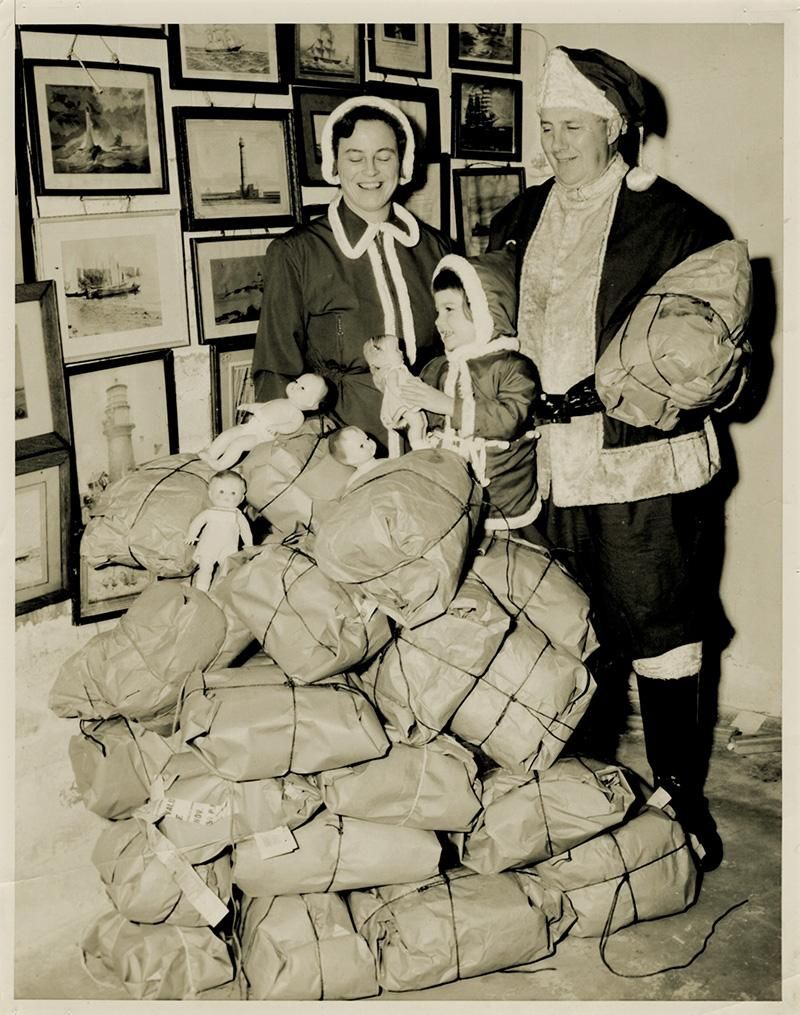
At its peak in the 1950s, Flying Santa was a family affair for the Snows. Dolly and her mother Anna-Myrle often joined in the fun, even taking to the air with their famous family member to help deliver the gifts. They would purchase coffee, tea, razor blades, rubber balloons, chewing gum, dolls, pen and pencil sets, and more to include in packages. Snow made sure to include his latest book with each scheduled drop.
“It was such fun,” Dolly recalls. “Even when I was young, seeing my father dressed as Santa never confused me. I just knew he was acting the part so we could deliver gifts to deserving children and families.”
Each package was carefully wrapped for protection as it descended from the skies to a rough landing on the ground or floated in the sea until retrieved by the intended target. Surprisingly, most of the gifts arrived in fine shape despite the fact that gifts were dropped from a few hundred feet in the air. Over the years, Snow recorded a better than 90 percent accuracy rate. Postcards included in the packages provided grateful families with a way to express their thanks while gauging success of the delivery operation.
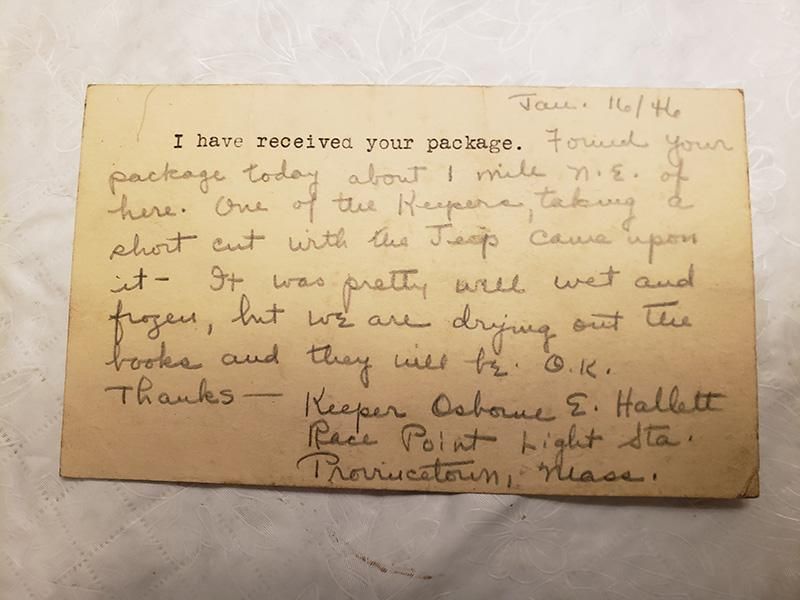
While most gifts were on target and intact, Seamond’s was not one of them. In 1945, the doll she was so excited to receive broke after the package hit a rock. She was upset and cried herself to sleep that night. Her father did his best to repair it and that gift, though in pieces, took on a special significance because it came from Flying Santa.
“It was my doll, all bandaged up and with her arm in a sling,” she says. “When I played with her the rest of the year, she was my sick doll who had had a very bad accident.”
Seamond’s mother filled out the postcard and sent it to Snow with a description of what had happened. Flying Santa resolved to correct the problem. The next Christmas, when the Ponsart family was on Martha’s Vineyard, Snow flew over to the island in one of the first commercially available helicopters.
“When people ask me about the Flying Santa—and they often do, even now after all these years—my mind instantly turns to a very cold day in my past. I am there once again: a little girl in a Red Riding Hood coat at the Gay Head Coast Guard Station and here comes a helicopter,” Seamond says. “I had never before even seen a helicopter and this one is coming right to where we are all standing!”
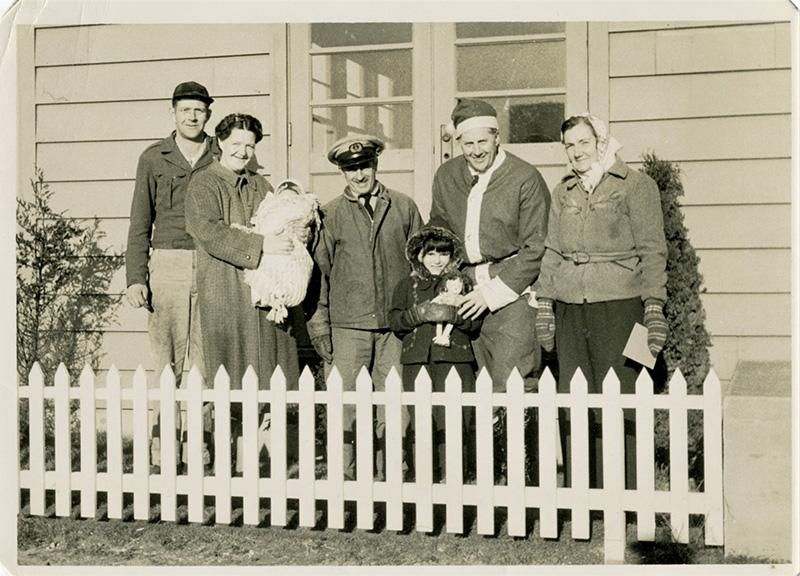
As she watched in amazement, the helicopter landed, and Snow, dressed as Santa, stepped out of the aircraft. He walked over to the stunned little girl and spoke gently to her, saying he had heard last year’s Christmas present had not arrived in working order. He reached into his bag and pulled out a wrapped gift for Seamond. It was the sister doll of the one that had broken a year earlier.
After that, the Ponsart and Snow families were united in friendship. They sent letters back and forth, and every year at Christmas, Flying Santa would make a personal delivery to the Ponsarts at whatever lighthouse they were stationed. Today, Seamond and Dolly remain friends, though living thousands of miles apart.
That little girl, now retired after a long career in the U.S. Coast Guard and living in Louisiana, remains eternally grateful for the generosity of a man who wanted to make sure she was not forgotten at Christmas.
“My whole lifelong, I have been and continue to be a Flying Santa kid,” Seamond says. “May they long continue their giving of love from the sky.”
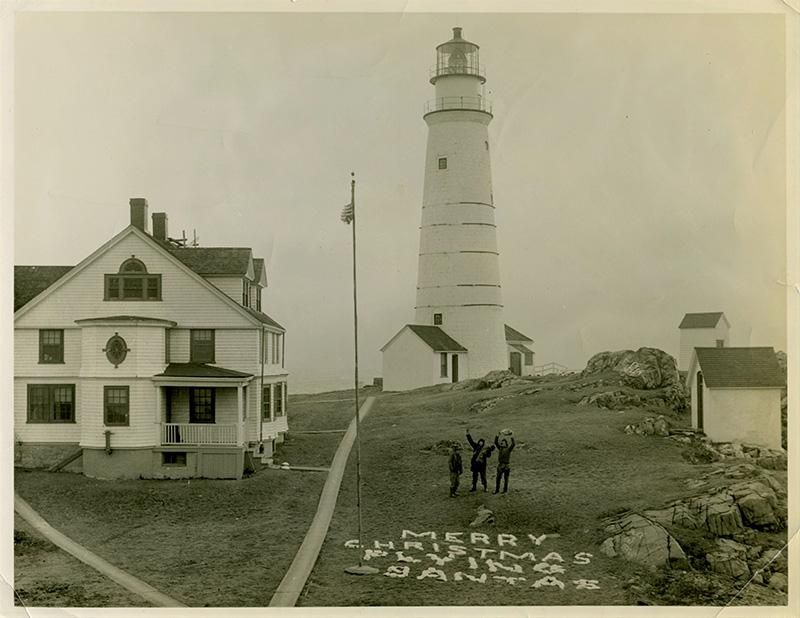
/https://tf-cmsv2-smithsonianmag-media.s3.amazonaws.com/accounts/headshot/dave.png)
/https://tf-cmsv2-smithsonianmag-media.s3.amazonaws.com/accounts/headshot/dave.png)